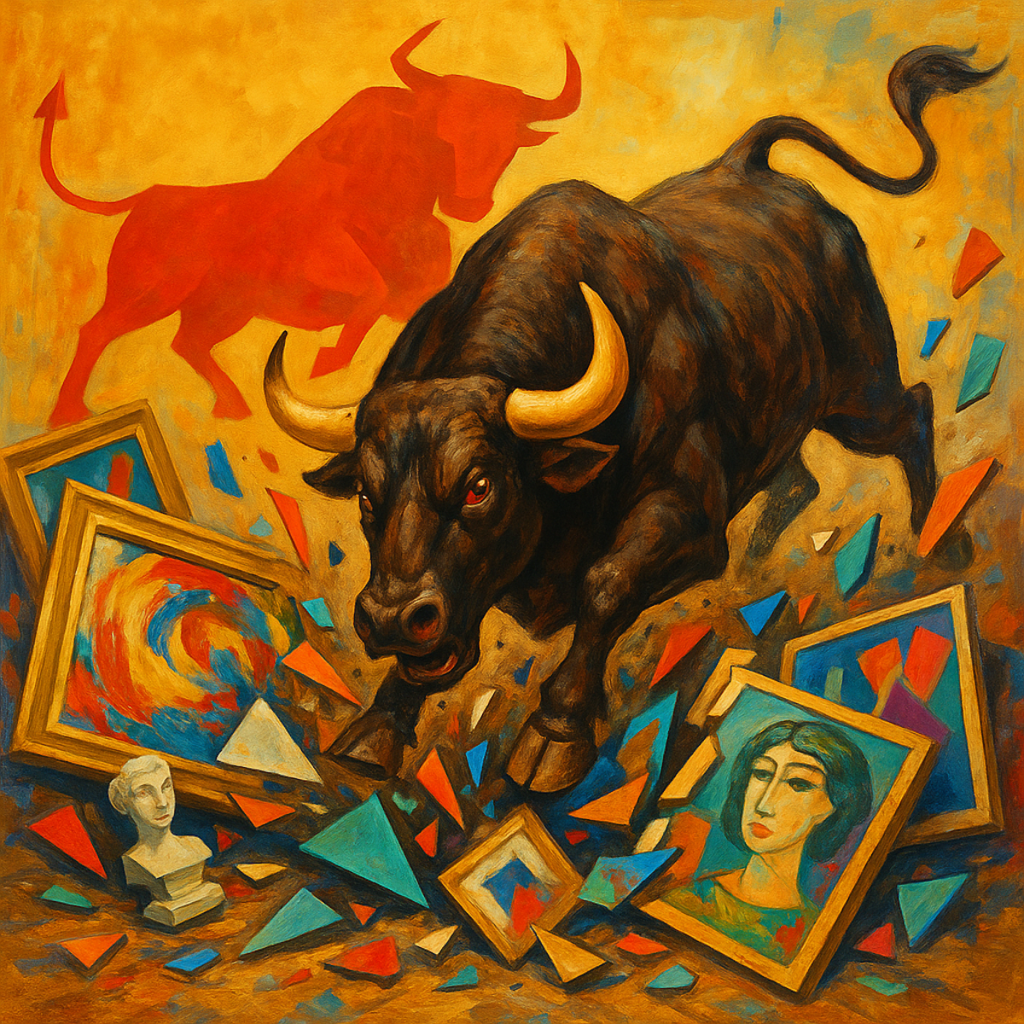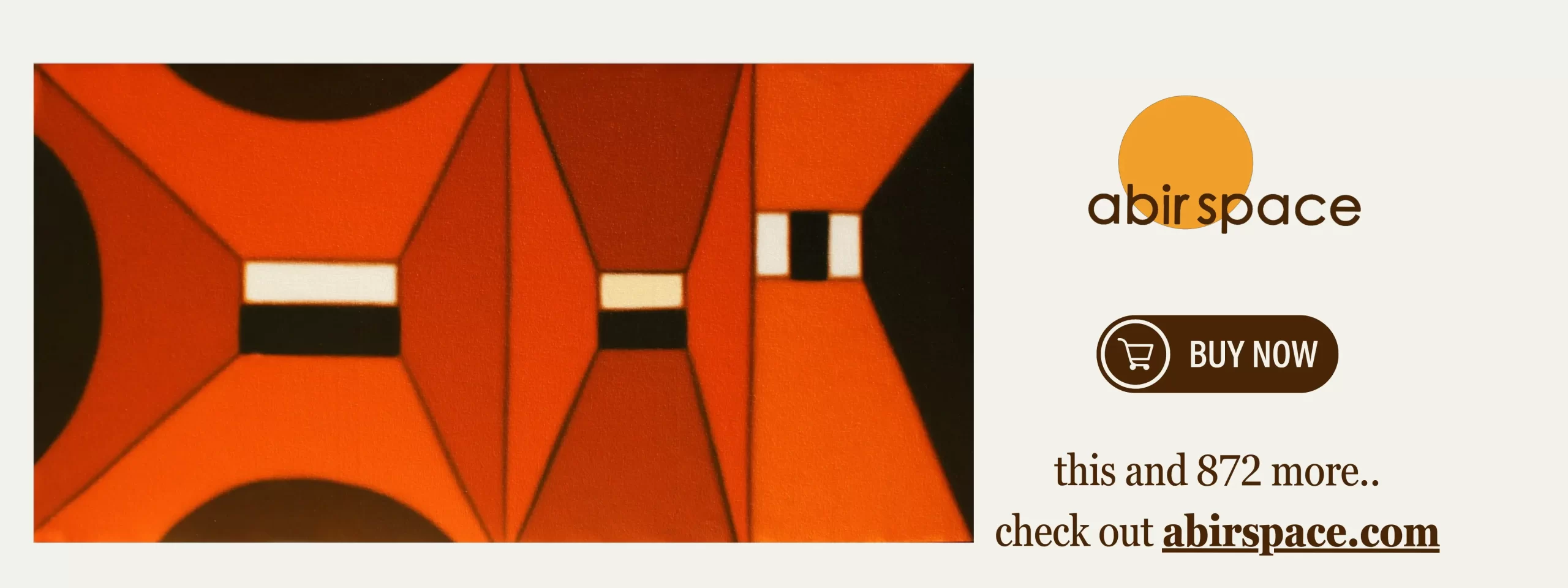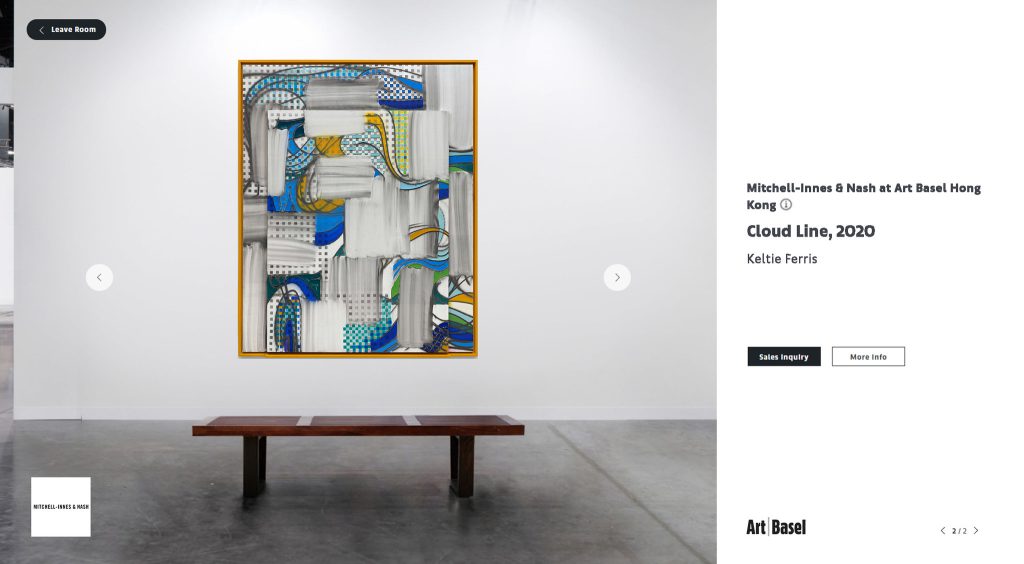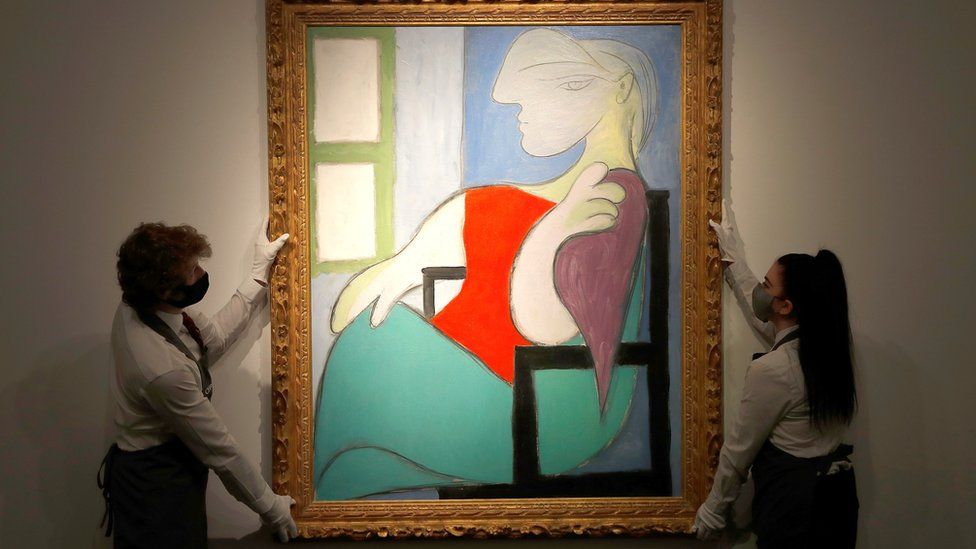From M.F Husain’s (Gram Yatra) to J. Swaminathan’s (Triptych), The Indian Art Market is Booming into an Industry of Crores for Art Collectors
Given the buzz all around on the bull run of India’s art market currently, it may appear that a giant has just stirred up from a long slumber and is breaking records all around as it stretches, yawns and shakes off its lethargy.
But the signs have been coming for quite a few years. The leap over the Rs 100 crore fence, taken by M. F. Husain’s 1954 oil on canvas, Untitled (Gram Yatra), at a Christie’s auction on March 19 this year when it sold for Rs 118.62 crore, has come as an obvious corollary. Riding on the robust sales for the past five years at least, It’s pertinent to note that the top 10 most expensive works of modern Indian art were all sold only in the last four years. The works are:
1. Untitled (Gram Yatra) by M. F. Husain
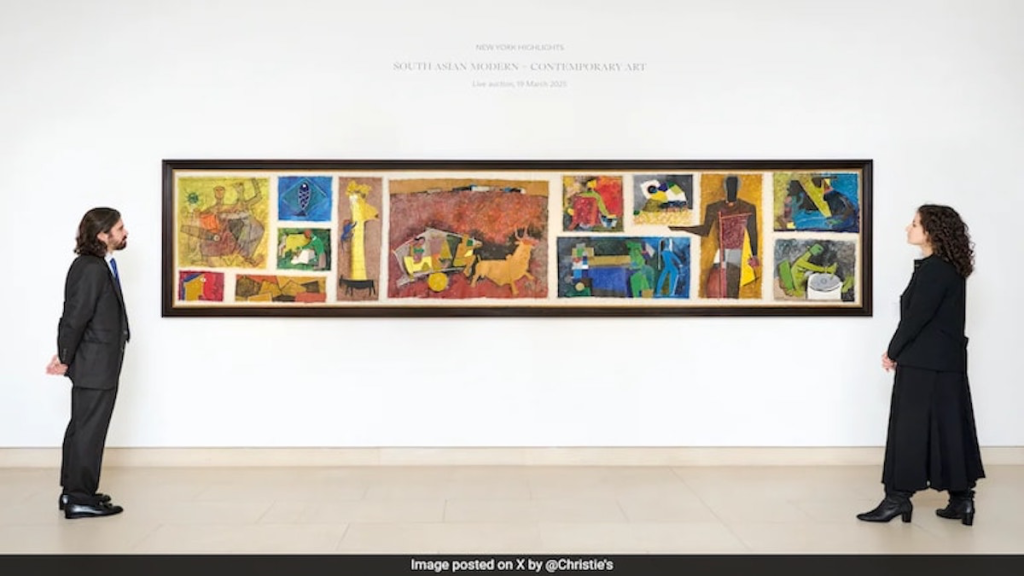
Courtesy- AbirPothi
2. The Storyteller by Amrita Sher-Gil

Courtesy- Hindustan Times
3. Trussed Bull by Tyeb Mehta
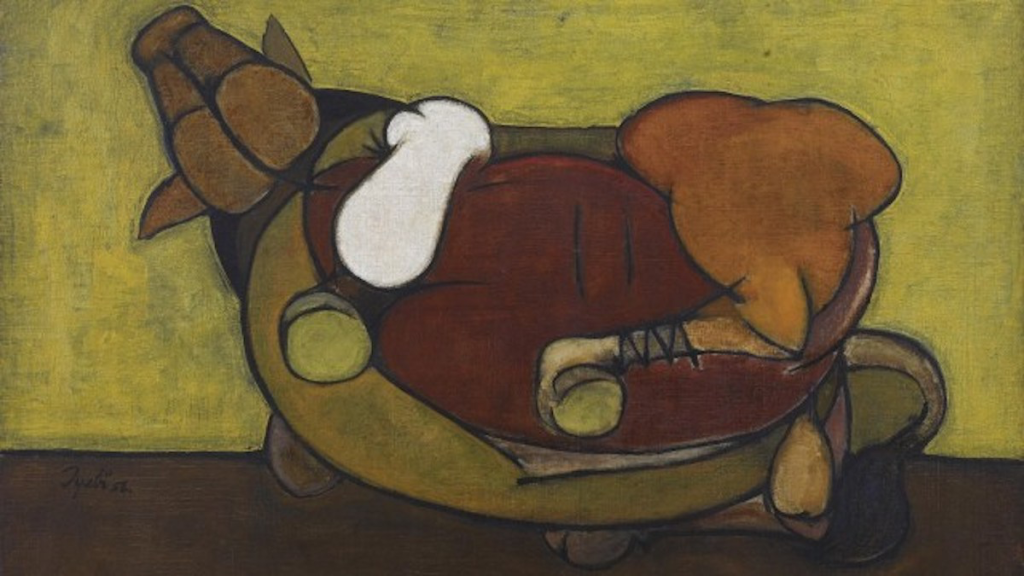
Courtesy- Indian Express
4. Gestation by S. H. Raza

Courtesy- The Hindu
5. Kallisté by S. H. Raza
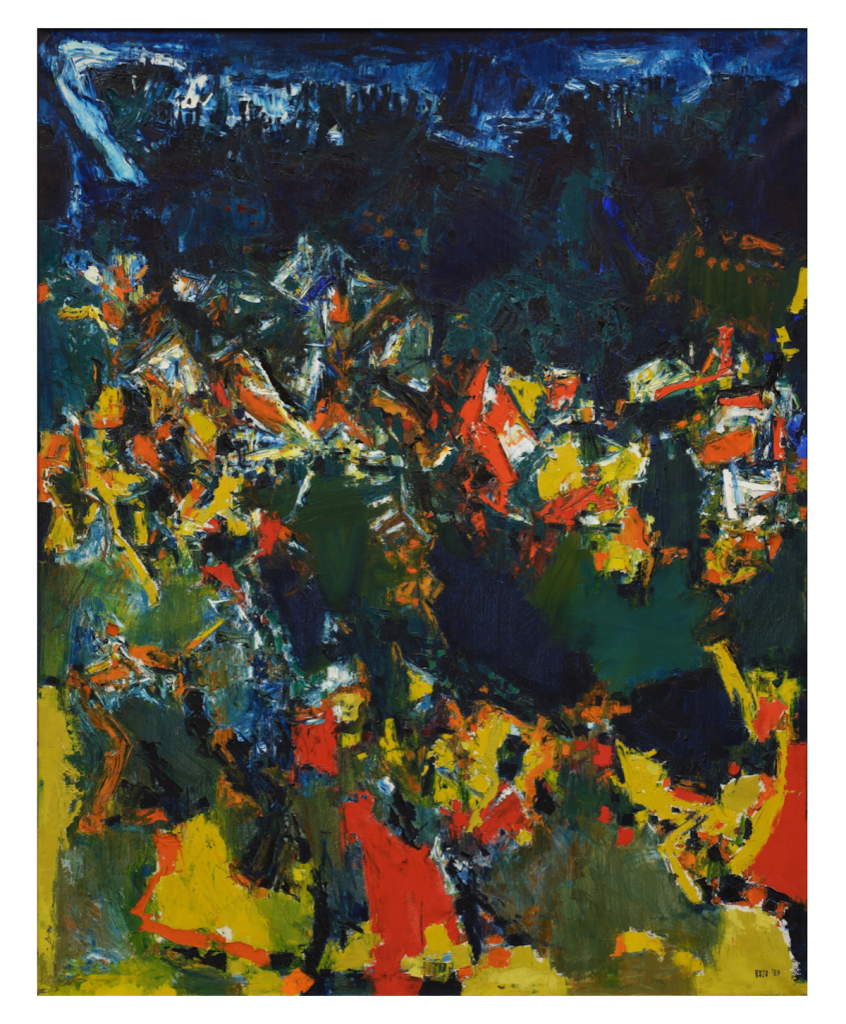
Courtesy- Sotheby’s
6. Untitled (1969) by V. S. Gaitonde
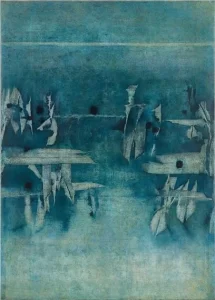
Courtesy- MutualArt
7. Untitled (Bull on Rickshaw) by Tyeb Mehta
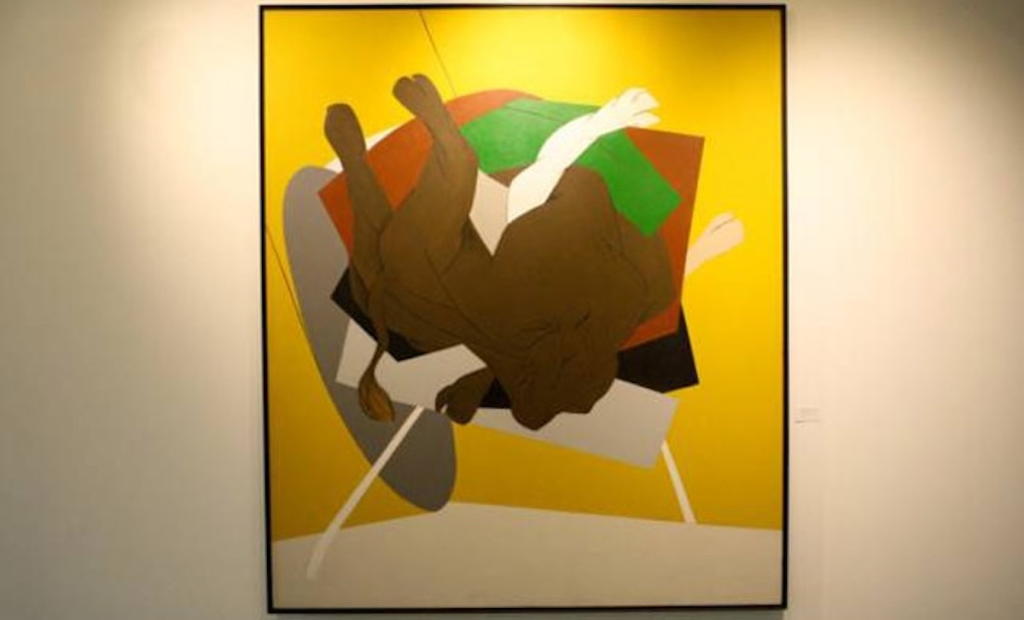
Courtesy- India Today
8. The Lovers by F. N. Souza

Courtesy- Christie’s
9. Homage to Solzhenitsyn (Triptych) by J. Swaminathan
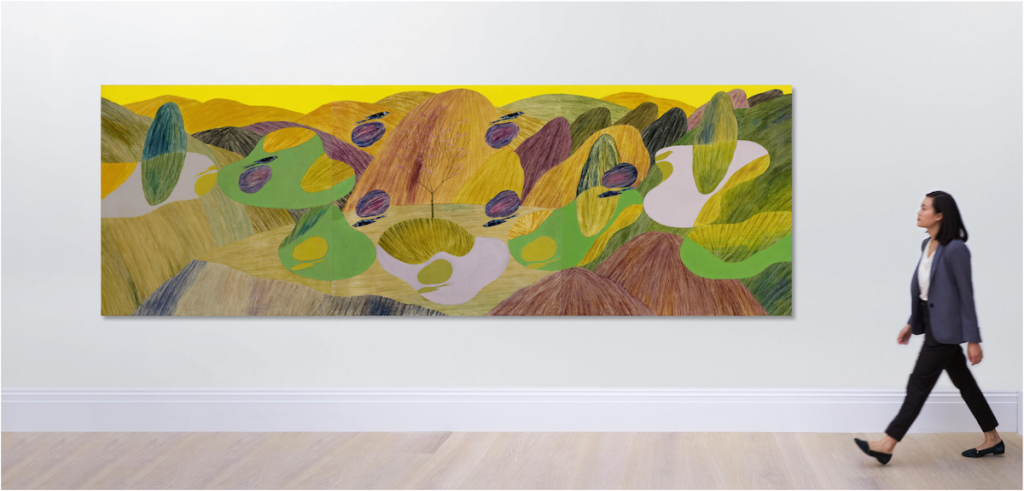
Courtesy- Sotheby’s
10. Untitled (1961) by V. S. Gaitonde
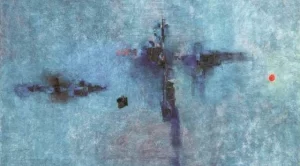
Courtesy- Indian Express
As the above list amply shows, the most highly valued works of Indian art have appreciated phenomenally in the past five years. But, before we further analyse these headlining sales of the recent past, it’s imperative to go back to the roots where it all began, the time when the Indian art market itself was born.
Breaching the Rs 1 Crore Mark in the Indian Art market
The Indian art market veritably came into existence just about 25 years ago, at the turn of the last century, as a consequence of the economic reforms that were set rolling in the early 1990s.
Within a decade of those epochal reforms that would change the character of life in India in every field, Tyeb Mehta’s 1995 triptych, Celebration, sold for $317,500 at a Christie’s auction in New York on September 19, 2002. This was the first time that an Indian painting had fetched more than a crore Rupees (Rs 1.5 crore) at an auction.
The landmark, however, is considered the 2005 sale of Mehta’s Mahishasura, a 1997 work, which became the first Indian modern painting to fetch more than a million dollars at an international auction. It sold for $1.584 million (approx. Rs 7 crore at that time) at a Christie’s auction in New York, setting a new benchmark for Indian art’s valuation, and most importantly, heralding global recognition for Indian modern art.
But a market is not just made by the high prices achieved by works of art at international auctions. It is born when systems and structures with long-term potential strike roots. Saffronart, India’s first auction house, was born around the same time, in the year 2000, and since then, it has reflected the growing numbers of the Indian art market itself.
First Auction Season of 2025 for Indian Artists
It is not merely coincidental that as Saffronart marks its 25th anniversary this year, Indian works of art are breaching new frontiers. Minal Vazirani, co-founder and president of Saffronart, said in an interview with the writer:
Saffronart was co-founded in 2000 by my husband, Dinesh, and myself, based on a business plan that I had written in business school. The premise behind it was to address some of the challenges that we faced at that time as young buyers in the then somewhat informationally opaque market. We were among the first globally, to publish prices online and offer a level playing field either through auctions or fixed price online sales, for acquiring important modern and contemporary Indian art, setting new standards for transparency in the market. Overall, Saffronart democratised access to pricing, information, and artworks, broadening the market in India and internationally.

Image Courtesy- Artisera
The bull run of the Indian art market is reflected in the sales figures posted by Saffronart after its 25th anniversary sales, live on April 2, and online on April 2-3. It sold Indian modern and contemporary art worth Rs 245 crore (USD 29 million) through these sales, making it the highest value sale of South Asian art at an auction. Besides Tyeb Mehta, Saffronart sales achieved records for Nalini Malani, Laxman Pai, Ganesh Haloi, Piraji Sagara, Dharamanarayan Dasgupta and William Carpenter.
Christie’s sale of South Asian Modern + Contemporary Art on March 19 in New York too achieved stellar sales, totalling $24,864,316 (approx. Rs 214.10 crore). As many as 95% of lots on offer were sold and records established for S. H. Raza (for a work on paper), G. R. Santosh, Sudhir Patwardhan, Jeram Patel, Ivan Peries, Senaka Senanayake, and B. Prabha (for a work on paper).
Sotheby’s
On March 17, 2025, another auction record was broken at Sotheby’s, which however, got overshadowed totally with Husain’s shooting star. At Sotheby’s Modern & Contemporary South Asian Art sale in New York, Jagdish Swaminathan’s Homage to Solzhenitsyn (Triptych) sold for $4.68 million or Rs 40.3 crore, making it the most expensive work by Indian modern art’s most important ideologue. The Sotheby’s auction clocked sales worth a total of $16.8 million or Rs 144.67 crore. Besides Swaminathan, this auction saw records set for the works by Jehangir Sabavala, Ganesh Pyne, Madhvi Parekh, Nelly Sethna, Sheikh Mohammed Sultan, Mohan Sharma, and M. Sain.
It is not yet another coincidence that this year also happens to be the birth centenary year of Tyeb Mehta, who was born in Kapadvanj, Gujarat, on July 26, 1925; he passed away in Mumbai on July 2, 2009. Needless to say, such instances reinvigorate interest in the art of the masters, a result of which we have recently seen — a rare 1956 oil on canvas by the modernist master fetched Rs 61.80 crore at a Saffronart auction on April 2, against an estimate of Rs 5 crore – Rs 7 crore.
At the centenary of F. N. Souza’s centenary last year, one of his works achieved the best price ever obtained by his signature. At a Christie’s auction in March 2024, his 1960 oil on canvas, The Lovers, fetched Rs 40.69 crore, against an estimate of Rs 5.82 crore – Rs 8.31 crore.
The Future of the Indian Art Market and Indian Cotemporary Artists
In its short life of about two decades, the Indian art market has grown by leaps and bounds, despite the biggest setback that it faced in the year 2008. With the Lehmann Brothers’ meltdown that year, as the global economy went into recession, the Indian art market too buckled under forces beyond its control. Even though art prices took a hit, it actually benefitted the market by inducing a course correction. The unusual heating up of the market that had pushed prices of even contemporary artists beyond their wildest imagination suddenly cooled off and collectors became wary of touching untested signatures. While the modern masters stood rock solid, the contemporary artists failed to build up on their prices post-recession.
What does it mean for Young Art Collectors?
Irrespective of the crests and troughs, the market of the modern masters has continued to grow exponentially since the first Indian work of art crossed the million dollar mark in the international auction circuit. From the highest price of Rs 7 crore achieved in 2005, to the highest price now at Rs 118.62 crore, the value of the most expensive Indian work of art has appreciated by a phenomenal 1594.57% in just 20 years.
The collector base too has expanded in these two decades, broad-basing the market in a cyclical manner—the more the moderns sell, the more they remain in demand, and the more they fuel their own value for the aspiring new and young collectors, thereby pushing the prices further.
As the rich get richer irrespective of the state of the economy, and especially when the economy is working in their favour at least, the art prices don’t seem to be plateauing in near future, while the de-escalation is definitely ruled out.
The next big ticket auction season will arrive in the month of September when the Big Four — Saffronart, Pundoles, Christie’s and Sotheby’s — will again bring more masterpieces by modernists under the gavel.
Feature Image Courtesy-OpenAi



